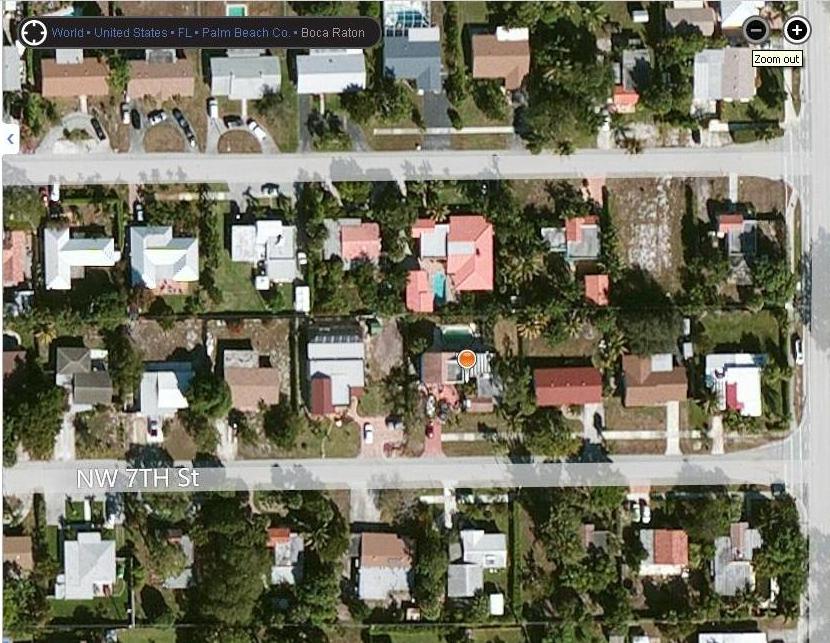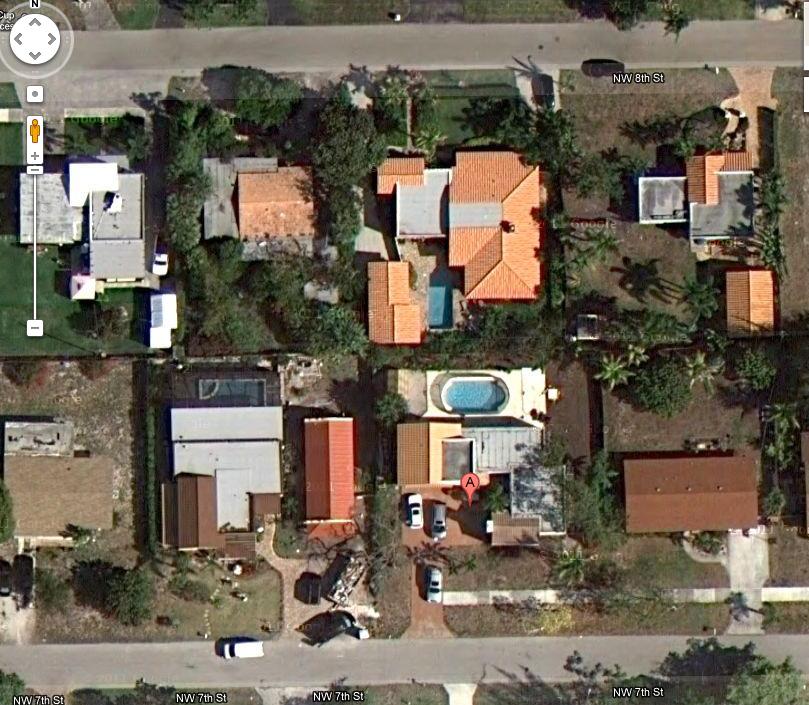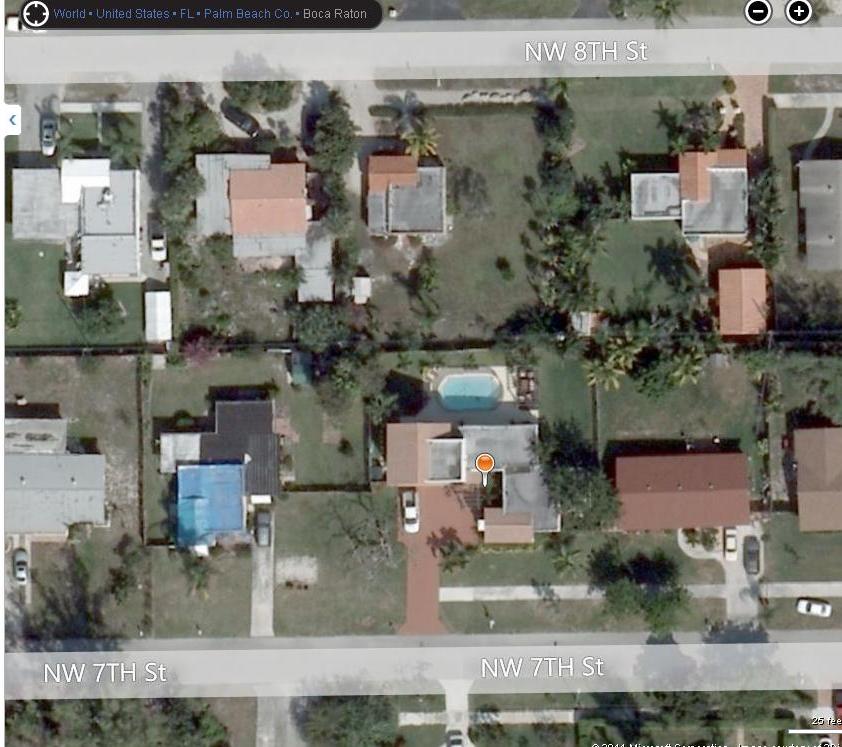Astronomers frequently boast about their ability to time travel: the farther out they point their telescopes, the further back in time they can “see.” For instance, the light reaching Earth now from our neighboring galaxy M31, the Andromeda galaxy, is about 2.5 million years old, because M31 is 2.5 million light years away. The farthest known galaxies are about 13 billion light years away. So if you try hard (this kind of data isn’t available in easy-to-read table form), you can find light from just about any epoch that interests you.
Like dinosaurs (~225 mya to ~65 mya)? Well, the Virgo cluster is about 50 million light years away, while NGC 7771 lies about 225 million light years distant.
How about when the first multicellular life forms appeared on Earth (1.2 billion years ago)? The Hubble space telescope can take you there (well, not literally, of course, but it can show you objects that far away, so the light reaching us is “that old”):

You can even go farther back, all the way to the first chemical evidence of life on Earth (3.8 bya): the Hubble, Chandra, and SWIFT telescopes captured data from a star disintegrating at about that time.
Now, my backyard telescopes are simply no match for the giant earth-based or orbital telescopes. I’m simply not going to get these kinds of images. And we haven’t seen the sun or stars since Friday, so even my backyard naturalizing is off the table. So instead of spending my lunch breaks outside, I’m on the computer. And while I was doing that on my lunch break the other day, I decided to see if the aerial photos of my backyard on the major mappers (google and bing) had been updated recently.
Here is the image from Bing, at the next-to-highest zoom stage below:

As usual, the orange dot on the map indicates the location of interest. If you click on the image to get the full size, you’ll notice that the lawn in front is complete, there are hedges under the front windows, and (you can’t quite see it at this scale, but it’s there) there’s a trellis in the entryway, and the house is pretty much dwarfed by our backyard neighbor’s updated megahouse.
Google’s image is a little newer, and instead of Bing’s orange dot, there’s the arrow-circle blob labeled A. But you can see that our next-door neighbor to the west has nearly completed construction on her outbuilding (the dirt patch in Bing’s image), and our lawn is no longer pristine, since I’ve been planting like crazy. Our trellis is gone, as is the rickety gazebo that was over the abandoned septic tank in the backyard, right next to the pool. You can even make out, in the lower right corner of our swale (right by the street), that our Tabebuia tree is in bloom:

The scale of the images is different, because this is “maximum zoom” on Google; if you click for more zoom, you get the street view.
For comparison purposes, here is “maximum zoom” on Bing. The scale is a bit nicer than on Google’s image; the houses look bigger, the streets a little wider. But the truly amazing thing is not the image scale, but the time scale.

With Bing, You Can Travel Back In Time Just By Zooming In!
Just like in astronomy: The farther you “zoom in” on an object, the farther back in time you go! While astronomers deal in million- and billion-year zooms, I’m guessing this zoom, being aerial instead of telescopic, only takes us about 4 or 5 years back. But even in that limited time, things have changed: there’s no mcmansion behind us, no outbuilding to our west, and the landscape on the house to our NW is quite a bit less imposing.
